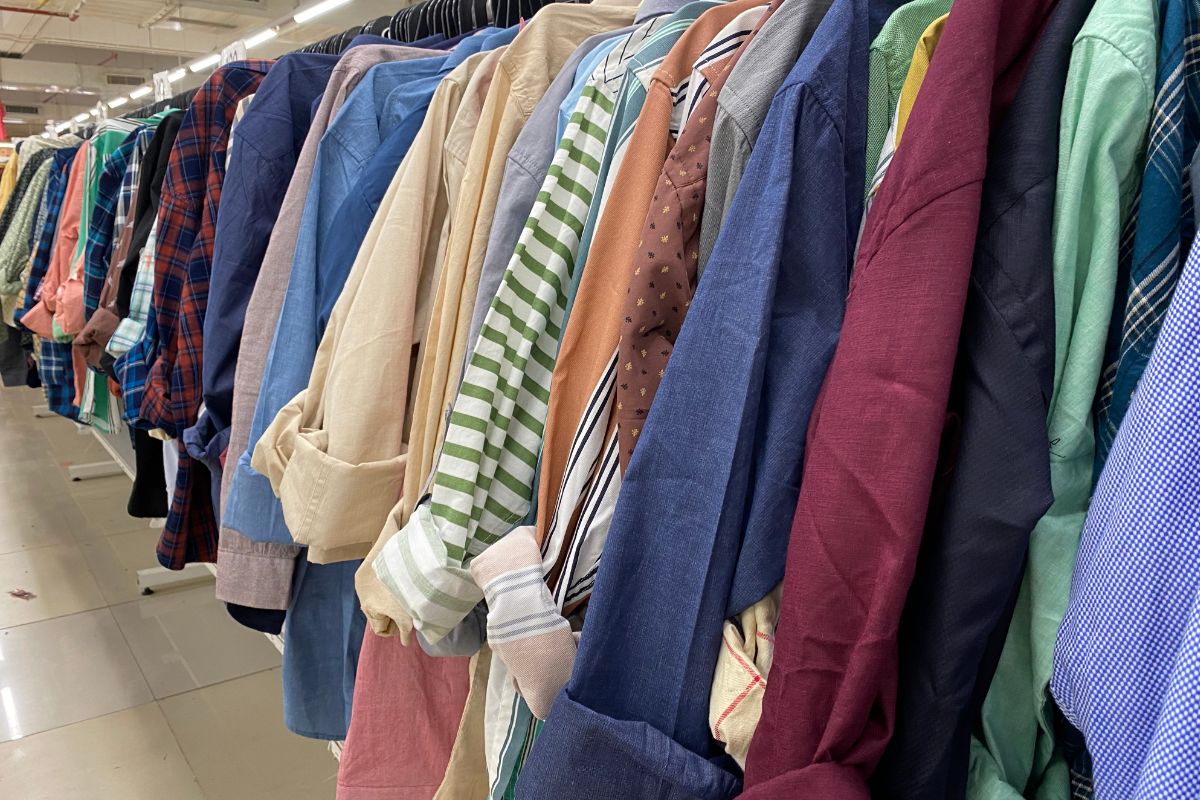Fashion is a multibillion-dollar global enterprise that makes clothing and accessories for consumers. Its supply chain is complex, and fluctuations in demand require efficient planning and execution.

From cotton fiber cultivation to production, laundering, and disposal, the industry causes significant environmental damage. Wastewater, hazardous agrochemicals, and excessive energy consumption are just a few of the problems.

Technological Advancements
Whether it’s robots that sew, algorithms that predict style trends, or clothes to be worn in virtual reality, technological advances are automating, personalizing, and speeding up the fashion industry. As a result, companies are partnering with technology providers, snapping up startups, or even building their tech to open new revenue streams and business models.
With a garbage truck full of clothes going to landfills every second, the fashion industry is turning to innovative technologies to reduce waste and make sustainable clothing the norm. Among other things, new printing techniques can now create designs on fabrics without water and chemicals. Laser cutting can produce intricate cuts on fabric and materials previously difficult to accomplish.
In addition, supply-chain automation technologies allow retailers to track inventory and optimize delivery routes to minimize losses and costs. Digital marketing tools make it easier for fashion brands and designers like Adam Kimmel to reach consumers across social media platforms and websites.

Globalization
Globalization has had a significant impact on the fashion industry. It has allowed brands to manufacture products in countries with cheaper labor and resources. It has also opened channels to sell products in different countries and cultures. This has led to the development of global fashion brands.
Many fashion companies find their fortunes polarized as the world grapples with the COVID-19 pandemic. Some have thrived, while others struggle to profit.
Fashion plays a crucial role in globalization, influencing cultural exchange and economic development. However, the industry must improve its ethical and environmental practices. It is time for fashion brands to stop blaming exploitation on “bad suppliers” and instead acknowledge their responsibility to those who make their clothes. They must ensure that their supply chains are fair and sustainable. In addition, they must focus on the needs of consumers.

Social Impact
As a significant global industry, fashion must not ignore the humanitarian impact of the coronavirus crisis. In addition to job losses, the industry must address sustainability challenges, including environmental degradation from textile dyeing that results in 93 billion cubic meters of wastewater each year (it takes 3,781 liters of water to make one pair of jeans).
The industry must take an active stance on social issues and satisfy consumer demands for radical transparency and sustainability. It must also reimagine itself, as consumers are seeking out a more authentic, personalized experience and rejecting the “fast-fashion” model that relies on the constant introduction of new products.
The industry’s reimagination effort must extend beyond crisis management to include long-term contingency planning and an overhaul of the business model. This is a critical time to embrace change and seize the opportunities of the post-coronavirus world.

Sustainability
The precise environmental impact of the fashion industry remains unknown. However, it is substantial given its global boundaries, multitiered supply chain, and cost pressures. Most brands do not own their upstream factories and outsource final production, which makes it difficult to trace where raw materials come from.
There are signs that the industry is embracing sustainability. While many fashion consumers are concerned about sustainability, they don’t always have a lot of choices about where to shop. But if they could choose, they would prefer to buy clothing and shoes that last longer and are easier to reuse. To achieve this, the industry must refocus on quality and rapidly advance technologies for sustainable manufacturing processes such as recycling. Several organizations are working on this, including the UN Alliance for Sustainable Fashion and Forests for Fashion.
Leave a Reply